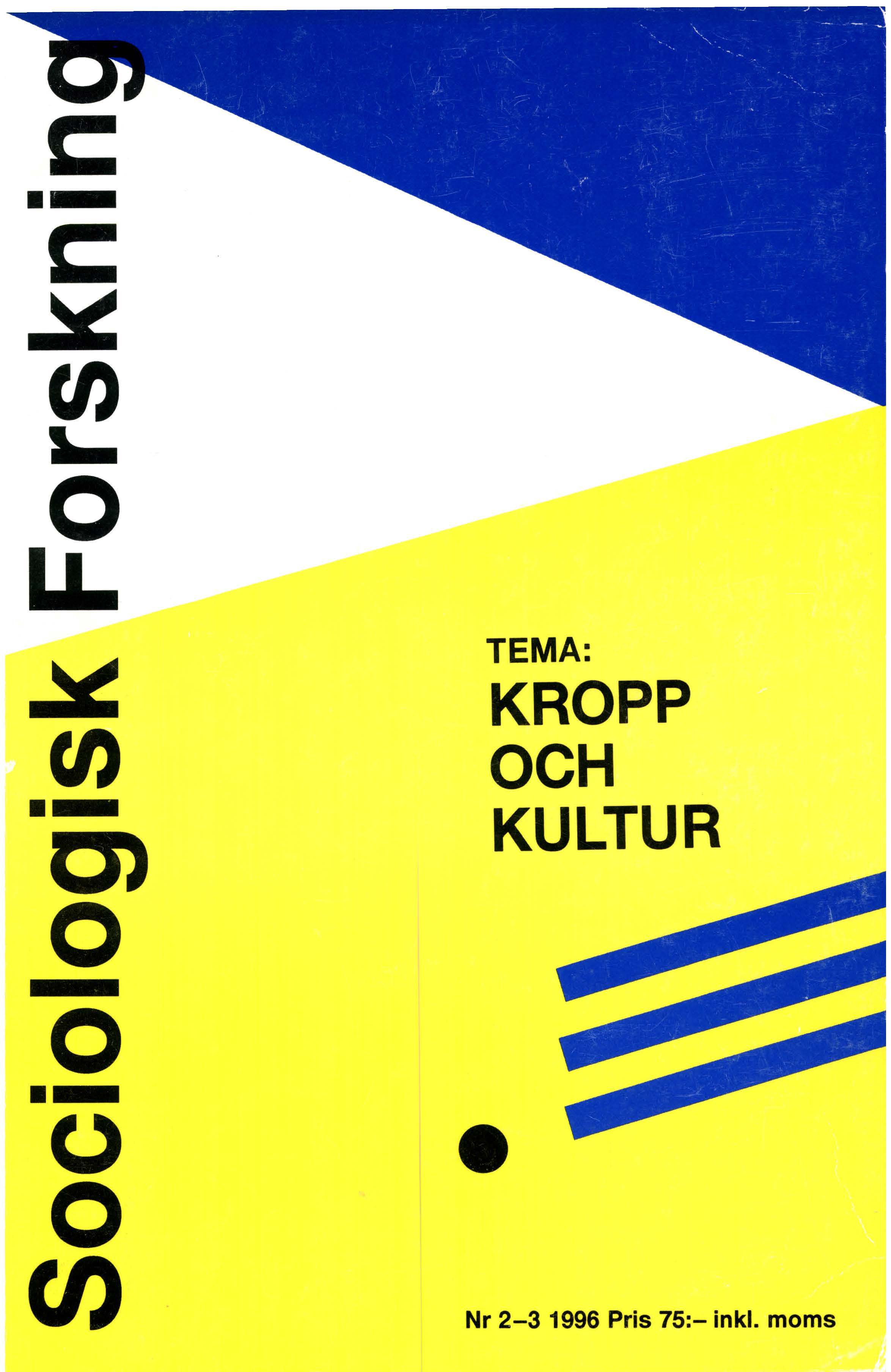Tjock och vacker - kvinnlighet och kroppsstorlek bland nicaraguanska kvinnor
DOI:
https://doi.org/10.37062/sf.33.18561Abstract
Fat and beautiful - femininity and body size among Nicaraguan women
This article aims to illuminate and discuss body size as a central element in the social construction of a feminine body. It also emphases the variations in the social definitions and experiences of womens body size; historical and social as well as cultural ones. The dominant body ideal today in Western culture is the slender and fat free body. Women are to a higher extent then men subdued to the disciplinary practices of fat reduction, to what some feminist researchers call ”the tyranny of slenderess”. These ideals and practices are historically rooted in a Western discourse and are formed within a culture of affluence and mass consumption. At the same time they are also influencing (or colonizing?) the so called Third World, as part ofthe cultural flows of global modernity. This is true also for Nicaragua, a country where I have carried out fieldwork during the latest years. Still, among the Nicaraguan lower class mestizo women with whom I have lived, fatness is defined as beautiful and as a sign of health, while slenderness is considered a sign of suffering. As I am disciplined within the Western ”fat is bad” discourse, the ethnographic situation of fieldwork involved both a meeting and confrontation of different ideals and practices of the feminine body. Finally, in highlighting definitions and significance of bodysize which are different from the Western ones there might lie a possibility of challenge and resistance of the discourses which are dominating our definitions and experiences of our own and others bodies.
Downloads
Publicerad
Referera så här
Nummer
Sektion
Licens
Allt material i Sociologisk Forskning publiceras med omedelbar öppen tillgång (open access), under Creative Commons-licensen CC BY-NC-ND 4.0.
Allt innehåll i tidskriften är fritt tillgängligt utan kostnad och får för icke-kommersiella syften fritt läsas, laddas ned, kopieras, delas, skrivas ut och länkas. Innehållet får dock inte ändras. När innehållet används måste författare och källa anges. Upphovsrätten till innehållet tillhör respektive författare. Inga publiceringsavgifter tas ut.





